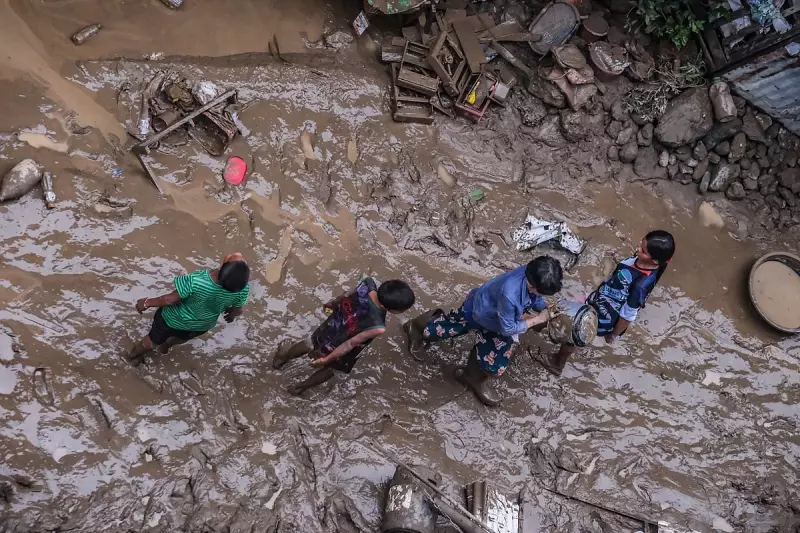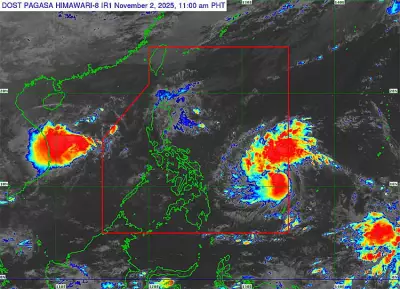
The tranquil streets of Cebu transformed into raging rivers as Typhoon Tino unleashed its fury, leaving residents grappling with unexpected devastation. What many anticipated as a typical tropical storm evolved into a catastrophic flooding event that exposed critical vulnerabilities in the island's urban infrastructure.
The Perfect Storm: Multiple Factors Converge
Meteorological experts point to a dangerous convergence of elements that turned Typhoon Tino into a flood-generating monster. The storm's unique characteristics created a recipe for disaster that caught many Cebu residents by surprise.
Key factors included:
- Heavy rainfall concentration in urban watersheds
- High tide conditions that prevented proper water drainage
- Saturated ground from previous rainfall events
- Urban sprawl reducing natural absorption areas
Infrastructure Under Siege
Cebu's rapid urbanization has dramatically altered the natural landscape, replacing absorbent soil with concrete surfaces that cannot handle extreme rainfall. Drainage systems designed for normal weather patterns proved completely inadequate against Tino's intense downpour.
"We've been warning about this for years," stated a local environmental engineer. "The combination of poor drainage maintenance, uncontrolled development in flood-prone areas, and climate change has created a ticking time bomb."
Human Impact: Stories from the Floodwaters
The human cost of Typhoon Tino's flooding became immediately apparent as emergency services scrambled to respond. Families watched helplessly as water levels rose rapidly, submerging homes and vehicles within hours.
Residents in low-lying areas described terrifying experiences of being trapped in their homes, with floodwaters reaching dangerous levels that threatened both property and lives. The speed of the flooding caught many off guard, leaving little time for evacuation or preparation.
Emergency Response Challenges
Rescue operations faced significant obstacles as flooded roads hampered access to the most affected communities. Emergency personnel worked tirelessly throughout the storm, but the scale of the flooding overwhelmed local resources.
Critical challenges included:
- Multiple simultaneous emergency calls across different barangays
- Limited rescue equipment for water-based operations
- Communication breakdowns in heavily affected areas
- Access routes blocked by debris and fallen trees
Climate Change Connection: A New Normal?
Environmental scientists are increasingly concerned that Typhoon Tino represents a new pattern of extreme weather events linked to climate change. The intensity and behavior of recent typhoons suggest troubling trends that could become more frequent.
"We're seeing storms that dump unprecedented amounts of rainfall in short periods," explained a climate researcher. "Urban areas like Cebu need to adapt their infrastructure and emergency planning for this new reality."
Looking Forward: Prevention and Preparedness
In the aftermath of Typhoon Tino, local officials face mounting pressure to address the underlying issues that contributed to the disaster. Community leaders are calling for comprehensive flood mitigation strategies that include both immediate fixes and long-term planning.
Essential measures being discussed:
- Upgrading drainage systems in flood-prone areas
- Implementing stricter regulations on riverside development
- Improving early warning systems for rapid flooding
- Creating more green spaces to enhance natural water absorption
The lessons from Typhoon Tino serve as a stark reminder of the urgent need to balance urban development with environmental resilience. As Cebu continues to grow, finding this balance becomes increasingly critical for protecting communities from future climate disasters.





